Remote Care Platform development
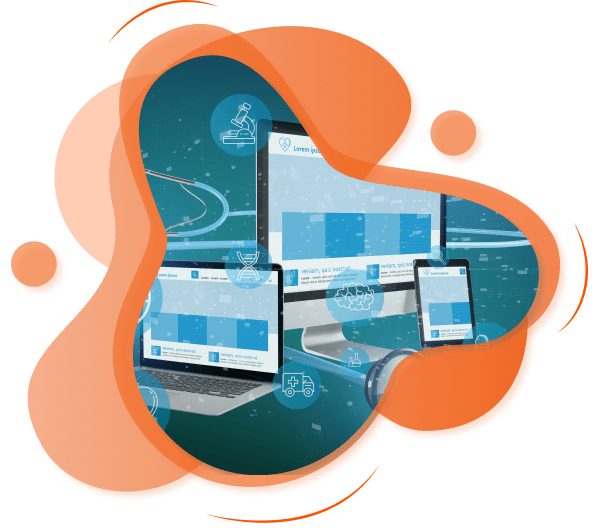

End-to-End Development
- Platforms are built using microservice structures that updates apply without system downtime.
- Each feature is integrated through secure APIs– Data flows remain isolated.
- The system runs on scalable infrastructure. Every environment is deployment-ready.
- Vitals are collected through Bluetooth devices, wearables, smart sensors.
- Patient inputs are captured using structured prompts; each entry stays traceable.
- Alerts in the system were triggered based on set thresholds, that too according to the predefined clinical rules.

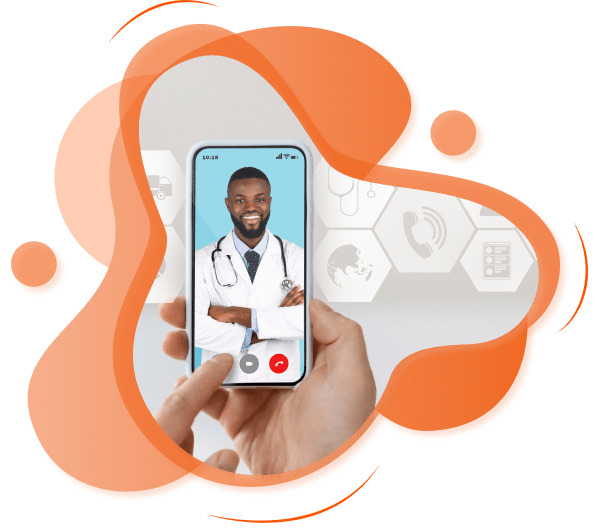
- Login follows two-step verification. Only authorized participants gain entry.
- Files, scans, documents are shared through session-specific channels.
- Each virtual visit creates a separate case, nothing is reused across sessions unless you want that.
- In the Telemedicine App, Patient side includes calendar view, visit link, session summary like features.
- Provider side app handles records, consultations, with care plan updates and many more features
- Each file is locked post-visit for avoiding the edit of it. No data moves without confirmed routing in the system.
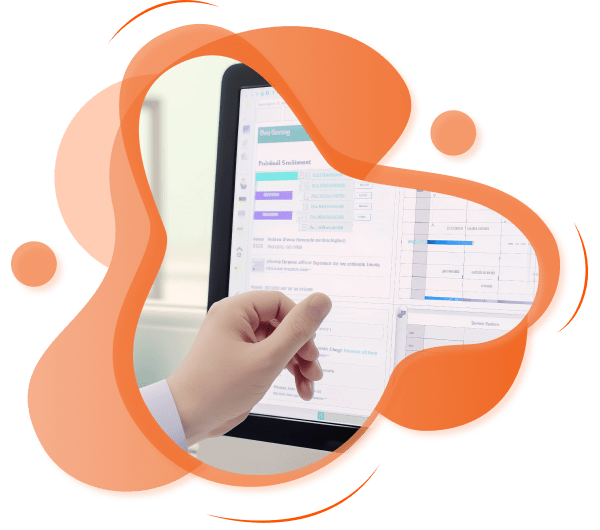
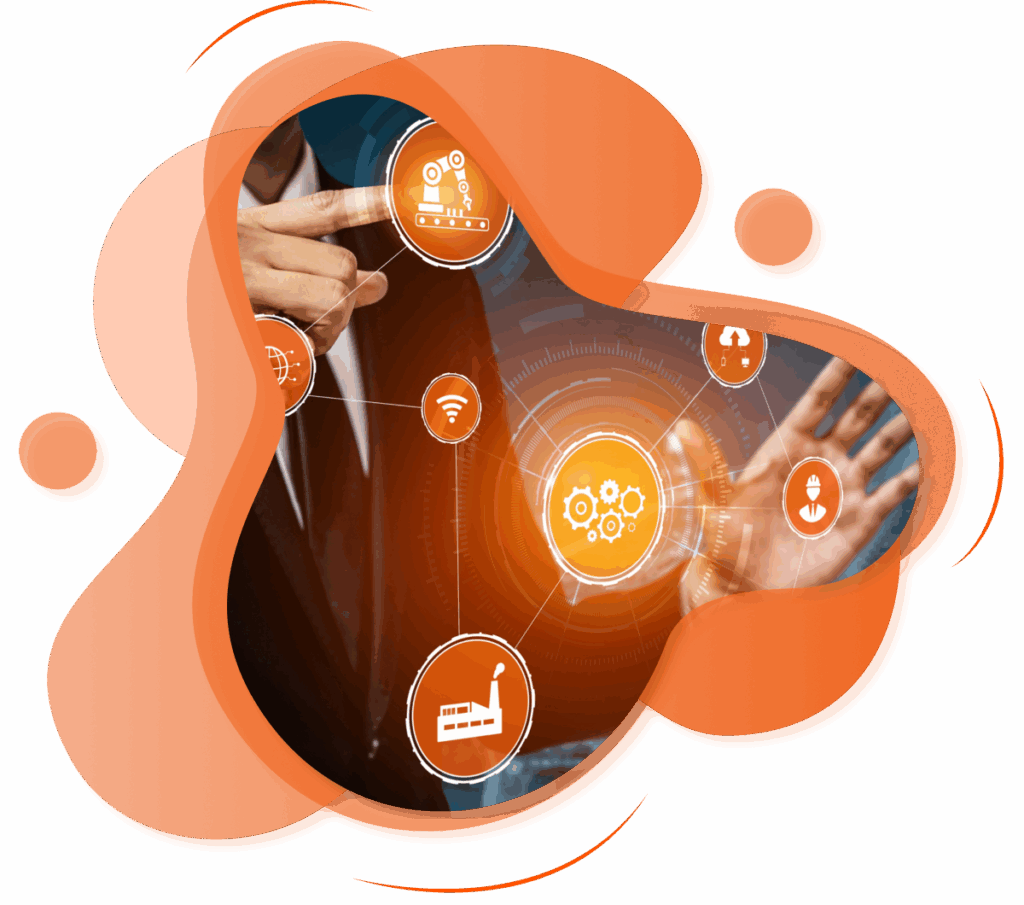
- Billing records are grouped by patient ID, treatment type, plus payer status.
- Claim actions follow fixed predetermined stages. Each status tag is timestamped.
- We make sure that audit logs are system generated, so no user may alter previous entries.
Home Healthcare Providers
We design remote care systems that enable long duration monitoring within home settings. Each feature maintains continuity across care steps. The system keeps care teams connected without physical presence as the vitals are collected using smart devices, alerts are delivered as separate events to the care team and patients. Visit records include shift timing, assigned staff, and patient condition and many more.
Elderly Care Facilities
Our systems assist in managing chronic conditions, for that platform includes medication routines, cognitive condition tracking within aging care setups. According to the demand, Interfaces may be kept at minimal, so each screen guides one specific task. Activities are recorded using the caregiver identity, physical location, time tag.
Chronic Disease Care Programs
Vervelo builds platforms that manage diabetes, heart conditions, lung diseases, along with similar illnesses. Each section reflects a separate care step for the specific diseases. Patient inputs arrive through guided prompts; hence, device readings move directly into the timeline.
Rehabilitation Care Units
Our systems track physical recovery of patients each modules include participation logs, therapy progression, outcome stages, so each phase operates using logs with checklists. Tasks remain incomplete until confirmation arrives from the therapist that lead to each report shows structured progress based on goal type.
Mental Wellness Clinics
Vervelo creates systems that enable remote consultation– Our modules include therapy sessions, behavior assessments, follow-up routines, and each session stays stored within an encrypted format. Only assigned personnel may retrieve records.
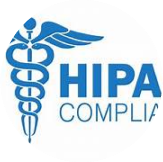
HIPAA
HIPAA – Health Insurance Portability and Accountability Act
All of our applications maintain complete HIPAA compliance by securing electronic protected health information (ePHI) using extensive data encryption. Systems features access logging along with role-based access controls for each user in the system. Vervelo follows guidelines established by the U.S. Department of Health and Human Services (HHS), with any other country specific regulatory organisation resulting in strong patient privacy management.
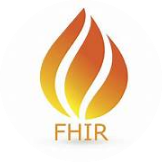
FHIR
FHIR – Fast Healthcare Interoperability Resources
FHIR is a modern framework developed by HL7 that facilitates data transfer across healthcare domains and our platforms use FHIR APIs to provide immediate access to patient records; offer smooth EHR connectivity plus deliver effective sharing of clinical data. As a result, clients achieve reliable communication between diverse systems within complex digital settings.
HL7
HL7 – Health Level 7
We incorporate the HL7 standard to improve data sharing between hospitals, diagnostic laboratories, electronic health record systems, plus medical equipment. This protocol promotes safe exchange along with retrieval of healthcare data, which greatly advances coordinated service delivery.
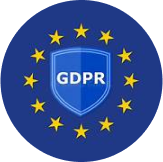
GDPR
GDPR – General Data Protection Regulation
All systems we develop follow GDPR mandates for managing personal health information across the European Union and also within other applicable jurisdictions. Our approach supports data minimization, maintains detailed tracking of consent, enables rapid response to data breaches, plus ensures secure handling of all sensitive records.
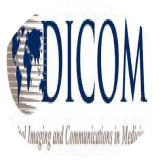
DICOM
DICOM – Digital Imaging and Communications in Medicine
Vervelo solutions are designed to meet DICOM standards, which enable smooth transmission along with secure archiving of imaging data. Through PACS integration MRIs data are always available to stakeholders, to ensures robust clinical procedures for handling medical images.
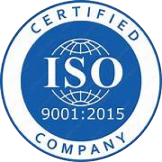
ISO 9001:2015
ISO 9001:2015 and Other ISO Certifications
We conform strictly to international benchmarks for security compliance of certification. In that regard, compliance includes ISO 9001:2015 for quality management, ISO 27001:2013 focused on information security along with ISO 20000:2018 covering IT service management. These certifications enable structured governance, support risk mitigation, with strengthen data protection through all Vervelo health technology projects.
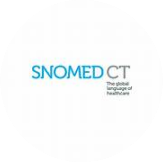
SNOWMED
SNOMED CT – Systematized Nomenclature of Medicine
Integration of SNOMED CT clinical vocabulary is a standard practice within our solutions. Standardising vocabulary, employing precise medical codes, and providing clear explanations and synonyms all contribute to increased documentation accuracy. Such standardization improves advanced clinical decision support and also enhances global healthcare communication.
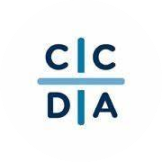
CCDA
CCDA – Consolidated Clinical Document Architecture
Our platforms use the CCDA format to create structured digital clinical documentation. This approach generates consistent clinical summaries, produces formal referral notes, as well as compiles encounter records. These structured formats raise data consistency across EHR systems; they also ensure stronger continuity in patient care.
1. Requirement Discovery
2. System Architecture Planning
3. Platform Development
4. Compliance and Quality Validation
5. Deployment with Support Planning
| Category | Tools and Frameworks |
|---|---|
Programming Languages & Frameworks |
Backend: PHP, Ruby, C#, Java, Node.js, ASP.NET Core React, Angular for the front end |
Containerization |
Docker |
Cloud Computing |
Oracle Cloud Infrastructure, Microsoft Azure, Amazon Web Services, along Google Cloud Platform |
Platforms |
Microsoft Cloud for Healthcare, Odoo with Salesforce |
Databases |
SQL Server, Postgres, MongoDB, Amazon DynamoDB, Azure Cosmos DB to the last, Redis |
Database-Related |
Microsoft SQL Server Integration Services (SSIS) |
Dedicated Development Team
- We assign you a developer that works under your direction so the productivity stays aligned with the standard we have decided.
- You can ask for adjustments in team skills during the project. We will make changes fast.
- Project support and setup come from our side. You only track delivery progress.
- This model fits long projects with steady tasks. It works well when the software must grow.
Time and Material Model
- You pay based on time used for each task, as it works well in discovery phases.
- We provide tracking on all active work. You see task movement every week.
- This format allows you to change features mid-way. You stay involved in scope.
- The Time and Material Model fits initial stage of software development.
Fixed Scope Engagement
- You confirm project size before we begin. Goals stay locked during the build.
- We estimate time and tasks before coding. You get a price and timeline.
- Project flow follows a straight delivery path with any changes requiring a new review.
- It is best when features are defined! So, this works for projects like MVPs.
We have built software for hospitals, diagnostic labs, and home care providers. Each product addresses a separate medical task with a clear digital workflow.